
Director
In August 1955, director Shirley Clarke and choreographer Anne Sokolow embarked on a dance film about mime. It evolved two years later into 'The Rose and the Players', inspired by Pablo Picasso's 'Family of Saltimbanques'. 'The Rose and the Players' was never completed. Sections of this work were turned into 'A Moment in Love' featuring Paul Sanasardo and Carmela Gutierrez. Their tests can be seen at the end.

Director
A 1957 rehearsal film test for a dance film inspired by Pablo Picasso's 'Family of Saltimbanques'. Anna Sokolow can be seen on the lower left of the frame. Based on the script found in Shirley Clarke's collection, this looks to be a complete version of Ms. Sokolow's choreography for Act One of the film. Plot subtitles are taken from Shirley Clarke's script. Pierrot and Pierrette's duet transformed into Shirley Clarke's 1957 dance film 'A Moment in Love'.

Director
Shirley Clarke manipulated the colors of her short film 'Bullfight' to great effect. Much of her final version had a strong red tint. These are the original C and D rolls of the film that show the spectacular work of their photographer Peter Buckley.

Director
In 1954, Shirley Clarke created 'In Paris Parks', a short film starring her ten-year-old daughter Wendy Clarke. In 2013, the Wisconsin Center for Film & Theater Research loaned the outtakes of this film to Milestone. Much to everybody's surprise, one of the reels revealed that Clarke had shot another film during that trip to France that she never told anybody about and never finished. This is the unfinished film. No soundtrack existed for this film so one has been commissioned by Milestone.

Director
'In Paris Parks' outtakes reveal a little more of Shirley Clarke's filmmaking process.

Director
In 1953, Shirley Clarke went to make a film about French mime Ettiene Decroux. The legend goes that he had left town and instead, she created In Paris Parks. Not known, is that in 1955, Clarke tried a second time to make a film about Decroux. This is the unfinished workprint.

Director
Home Movies #20: Dance Tests dates from 1953 and shows Shirley Clarke working on her film technique before she shot her first "official" film later that year--'Dance in the Sun' starring the dancer Daniel Nagrin.

Director
An astonishing Holy Grail-like glimpse of choreographer/dancer Anna Sokolow's famed 'A Short Lecture and Demonstration on the Evolution of Ragtime as Presented by Jelly Roll Morton' (1952), from Shirley Clarke's 'Home Movies #20'.

Director
Beatrice Seckler rehearses a dance, filmed by Shirley Clarke in 1952.

Herself (archival footage)
A short, Filmstruck-produced documentary on the life of director Shirley Clarke.

second alien mother / MIB soldier
Spoof science fiction. An alien mother and her child are pursued across England by a bunch of incompetent government agents and take refuge in a house full of vampires. Homage back to the camp tone of British directors of the 1970's such as Ken Russell, (The Lair Of The White Worm), Robert Fuest, (Dr Phibes Rises Again), and Joe McGrath, (The Magic Christian). Distributed by Troma in the U.S., it contains violence, nudity and exploding bagpipes.

Herself
On October 9th, 1972 an exhibition of John Lennon/Yoko Ono's art, designed by the Master of the Fluxus movement, George Maciunas, opened at the Syracuse Museum of Art, in New York. On the same day an unusual group of John's and Yoko's friends, including Ringo, Allen Ginsberg, Paul Krasner, and many others, gathered to celebrate John's birthday. This film is a visual and audio record of that event.
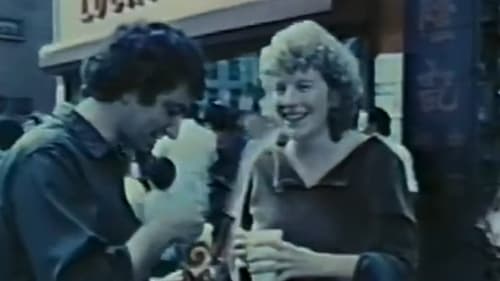
Self
Filmmaker Jonas Mekas films 160 underground film people over four decades.
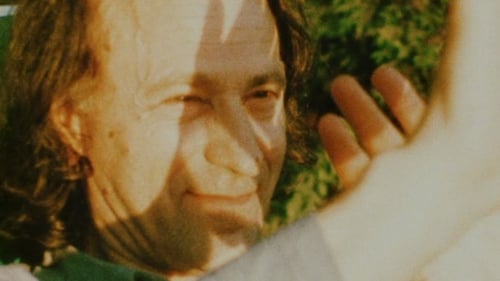
Self
A film collage tracing the story of the lives, loves, and deaths within the artistic community surrounding Jonas Mekas.

Editor
Shirley Clarke's frenetic documentary about multi-talented musician Ornette Coleman.

Director
Shirley Clarke's frenetic documentary about multi-talented musician Ornette Coleman.

Editor
A performance piece written by Sam Shepard, enacted by Joseph Chaikin and directed by Shirley Clarke, a dying man reflects on his life while delivering his own last rites.

Director
A performance piece written by Sam Shepard, enacted by Joseph Chaikin and directed by Shirley Clarke, a dying man reflects on his life while delivering his own last rites.

Director
A prelude to Tongues (1982) which languishes over love and its effect on people.

Director
A Visual Diary is a look at a private moment in one's life. A narrative form without utilizing a story line. The collaboration incorporates naturalistic non-verbal theater and dance techniques with photographs providing the environment.

Director
A pair of performers wearing bodysuits dance and balance together in this short film for director Shirley Clarke’s Four Journeys Into Mystic Time.

Director
Left to viewer interpretation, this beautiful dance piece displays a spiritual or religious initiation. A short work, this film was released as part of Shirley Clarke’s Four Journeys Into Mystic Time.

Director
An abstract work featuring three dancers, the performers interact with large screens as well as each other. Included in Shirley Clarke’s Four Journeys Into Mystic Time, costuming and color play an integral role in this piece.

Director
Part of the larger filmic Four Journeys Into Mystic Time, in this work director Shirley Clarke makes use of a dancer’s body not only as the primary performer, but also as a canvas on which to paint projected images. Further enhanced by editing and effective use of shadows, the film is a transformative experience.

Director
A highly edited work complimenting an exhibit on Persian art in the Los Angeles Museum of Art.

Self

Shirley Clarke
Documentary about filmmaker Shirley Clarke which originally aired on the French television series “Cinéastes de notre temps”.
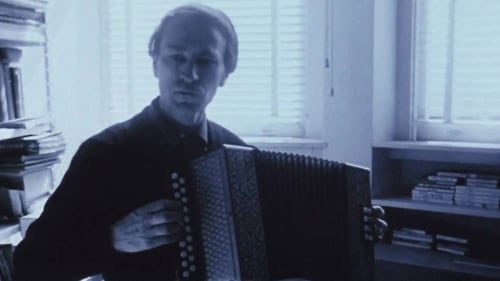
Self
An epic portrait of the New York avant-garde art scene of the 60s.
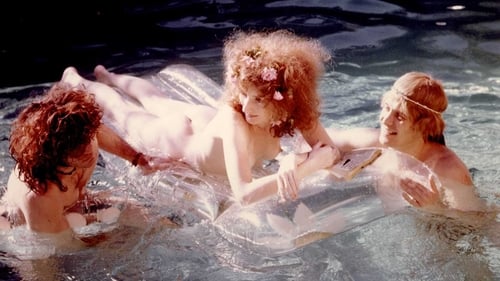
Shirley
Three actors in Hollywood live and love together. A director comes from New York to make a movie about actors and Hollywood.

Director
Four minutes of color footage featuring Carl Lee and a poodle named Max.
A very cute home movie from the Connection blu-ray.

Herself
A rare behind-the-scenes view of the exploding New York “underground” in the late sixities, a turbulent time and place that was to change American culture forever. A German TV crew, led by journalist Gideon Bachmann, explores the epicenter of the sixties revolution in art, music, poetry and film and interviews the main players in the “New American Cinema,” that was born on the streets of New York. Against a backdrop of cultural upheaval in all of the arts and growing political agitation against the Vietnam War, Bachman interviews the most prominent figures in “underground film,” including Jonas Mekas, Shirley Clarke, the Kuchar Brothers and Bruce Connor, and visits the most notorious location in the New York art world of the era - Andy Warhol’s Factory - to conduct an interview with the genius of Pop Art himself.

Interviewer (voice)
Interview with Jason Holliday aka Aaron Payne. House-boy, would-be cabaret performer, and self-proclaimed hustler giving one man's gin-soaked, pill-popped view of what it was like to be coloured and gay in 1960s Unites States. Preserved by the Academy Film Archive in 2013.

Editor
Interview with Jason Holliday aka Aaron Payne. House-boy, would-be cabaret performer, and self-proclaimed hustler giving one man's gin-soaked, pill-popped view of what it was like to be coloured and gay in 1960s Unites States. Preserved by the Academy Film Archive in 2013.

Producer
Interview with Jason Holliday aka Aaron Payne. House-boy, would-be cabaret performer, and self-proclaimed hustler giving one man's gin-soaked, pill-popped view of what it was like to be coloured and gay in 1960s Unites States. Preserved by the Academy Film Archive in 2013.

Director
Interview with Jason Holliday aka Aaron Payne. House-boy, would-be cabaret performer, and self-proclaimed hustler giving one man's gin-soaked, pill-popped view of what it was like to be coloured and gay in 1960s Unites States. Preserved by the Academy Film Archive in 2013.

Director
First shown on January 30, 1967, FOR LIFE AGAINST THE WAR was an open-call, collective statement from American independent filmmakers disparate in style and sensibility but united by their opposition to the Vietnam War. Part of the protest festival Week of the Angry Arts, the epic compilation film incorporated minute-long segments which were sent from many corners of the country, spliced together and projected. The original presentation of the works was more of an open forum with no curation or selection, and in 2000 Anthology Film Archives preserved a print featuring around 40 films from over 60 submissions.

Director
A visual protest of America’s involvement in the Vietnam War.

"The whole film are non-art portraits of people in which they do what they want with this hat – and therefore, act or stand in front of my camera. It’s only love: therefore it can’t harm you". Joyce Wieland.
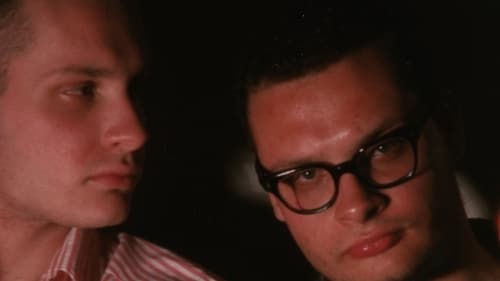
Herself
In March and April of 1966, Markopoulos created this filmic portrait of writers and artists from his New York circle, including Parker Tyler, W. H. Auden, Jasper Johns, Susan Sontag, Storm De Hirsch, Jonas Mekas, Allen Ginsberg, and George and Mike Kuchar, most observed in their homes or studios. Filmed in vibrant color, Galaxie pulses with life. It is a masterpiece of in-camera composition and editing, and stands as a vibrant response to Andy Warhol's contemporary Screen Tests.
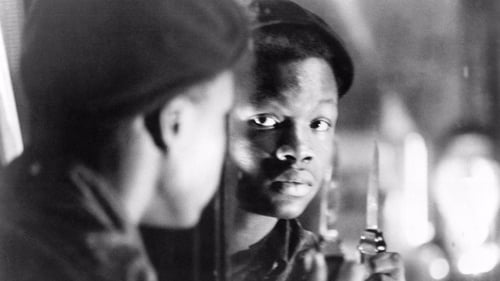
Editor
A fifteen-year-old boy wants to buy a gun from an adult racketeer named Priest, in order to become president of the gang to which he belongs, and to return them to active "bopping" (gang fighting) which has declined in Harlem.

Writer
A fifteen-year-old boy wants to buy a gun from an adult racketeer named Priest, in order to become president of the gang to which he belongs, and to return them to active "bopping" (gang fighting) which has declined in Harlem.

Director
A fifteen-year-old boy wants to buy a gun from an adult racketeer named Priest, in order to become president of the gang to which he belongs, and to return them to active "bopping" (gang fighting) which has declined in Harlem.
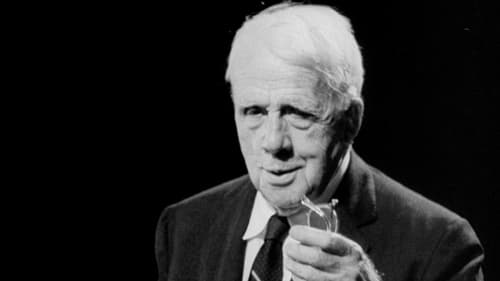
Director
The acclaimed poet is examined in this film completed just prior to his death at age 88, with his speaking engagements at Amherst and Sarah Lawrence Colleges intercut with studies of his work, as well as with scenes of his life in rural Vermont and personal reminiscences about his career. He is also seen receiving an award from President Kennedy and touring an aircraft carrier.
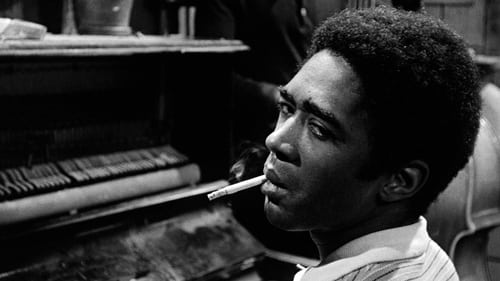
Editor
A title card announces that the film is a result of found footage assembled by cameraman J.J. Burden working for the acclaimed documentary filmmaker Jim Dunn, who has disappeared. Leach, a heroin addict, introduces the audience to his apartment where other heroin addicts, a mix of current and former jazz musicians, are waiting for Cowboy, their drug connection, to appear. Things go out of control as the men grow increasingly nervous and the cameraman keeps recording.

Director
A title card announces that the film is a result of found footage assembled by cameraman J.J. Burden working for the acclaimed documentary filmmaker Jim Dunn, who has disappeared. Leach, a heroin addict, introduces the audience to his apartment where other heroin addicts, a mix of current and former jazz musicians, are waiting for Cowboy, their drug connection, to appear. Things go out of control as the men grow increasingly nervous and the cameraman keeps recording.

Dialogue
Twins Christopher and David gets into an untethered sailboat and inadvertently gets involved in a nearby sailboat race.

Director
Intended as a call to action, this UNICEF-sponsored film juxtaposes the fears experienced by children around the world as a means of awakening audiences to the struggles seen abroad.
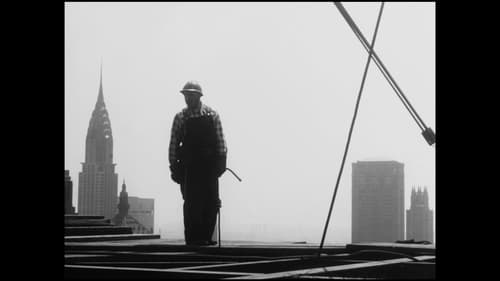
Editor
Nominated for an Academy Award, this live-action short film playfully chronicles the construction of the Tishman Building at 666 Fifth Avenue in New York City.

Producer
Nominated for an Academy Award, this live-action short film playfully chronicles the construction of the Tishman Building at 666 Fifth Avenue in New York City.

Director
Nominated for an Academy Award, this live-action short film playfully chronicles the construction of the Tishman Building at 666 Fifth Avenue in New York City.

Director
Accompanied by ambient electronic music, this visual experiment presents New York with its industrial architecture as an unknown dystopian city. With everyday urban elements the author creates impressive abstract collages which evoke an extraterrestrial gloomy valley.

Producer
New York City's various bridges transform into an urban jungle (jazz version) or an alien landscape (electro-acoustic version).

Director of Photography
New York City's various bridges transform into an urban jungle (jazz version) or an alien landscape (electro-acoustic version).

Director
New York City's various bridges transform into an urban jungle (jazz version) or an alien landscape (electro-acoustic version).

Director
A collection of twenty short films, averaging 2-3 minutes, by various filmmakers depicting American life, intended to be shown in a continuous loop at the American Pavilion of the 1958 Brussels World’s Fair. Some releases of the film include ten extra minutes of rough cuts.

Editor
A couple in love interacts across a multitude of environments.

Camera Operator
A couple in love interacts across a multitude of environments.

Director
A couple in love interacts across a multitude of environments.

Editor
Anna Sokolow’s choreographed reinterpretation of a bullfight. Sokolow plays the matador, an audience member, and the doomed animal.

Camera Operator
Anna Sokolow’s choreographed reinterpretation of a bullfight. Sokolow plays the matador, an audience member, and the doomed animal.

Director
Anna Sokolow’s choreographed reinterpretation of a bullfight. Sokolow plays the matador, an audience member, and the doomed animal.

Director
This short film displays the dynamic movement of people as they enter and exit parks in Paris.

Editor
Choreographer Daniel Nagrin performs in a studio and in the sun.

Director
Choreographer Daniel Nagrin performs in a studio and in the sun.
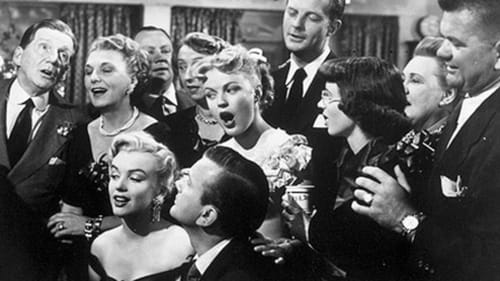
Stand In
Jim and Connie's postwar New York building troubles keep Jim from working on his novel. Ex-WAC from Jim's army days Roberta moves in, further upsetting Connie but pleasing Jim's friend Ed. Tenant Charley, who marries tenant Eadie, loans money to Jim to help him keep the building, money which this Casanova obtains from rich widows.

Herself

Director

Herself

Herself

Herself


















































